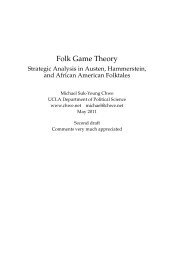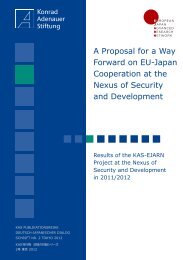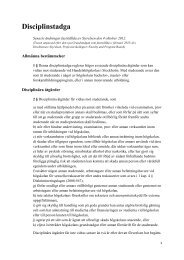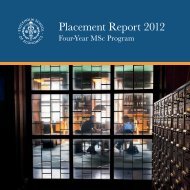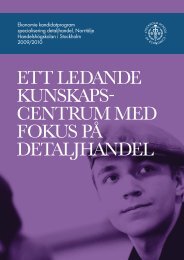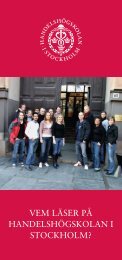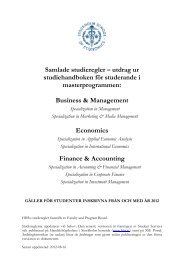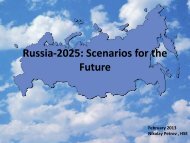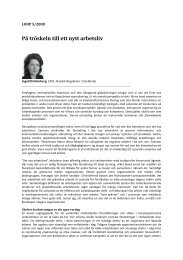Microfinance Banks and Household Access to Finance
Microfinance Banks and Household Access to Finance
Microfinance Banks and Household Access to Finance
- No tags were found...
Create successful ePaper yourself
Turn your PDF publications into a flip-book with our unique Google optimized e-Paper software.
anches in our sample increased from 111 in 2006 <strong>to</strong> 254 in 2010, while the number of retailbank branches increased from 352 <strong>to</strong> 653. As a consequence of this branch expansion theaverage travel distance 4 in kilometers between ProCredit branches <strong>and</strong> surveyed householdswas reduced from 21.6 km <strong>to</strong> 10.5 km. By comparison, the average distance between retailbank branches <strong>and</strong> surveyed households was reduced from 10.5 km <strong>to</strong> 7.2 km. Overall, thelarger number of bank branches <strong>and</strong> the shorter travel distances <strong>to</strong> households indicate that theretail banks chosen for our analysis have a more comprehensive coverage in the region thanProCredit bank.We measure the proximity between households <strong>and</strong> bank branches with the dummyvariables ProCredit close <strong>and</strong> Retail Bank close. These indica<strong>to</strong>rs are one if the nearestProCredit or retail bank branch, respectively, is within a travel distance of five kilometers ofthe PSU where a household is located, <strong>and</strong> zero otherwise. As robustness tests, we employdifferent travel distance cut-offs (10km, 20km). We use distance thresholds as opposed <strong>to</strong>continuous measures of travel distance in order <strong>to</strong> capture the idea that the transaction costs ofusing a bank account depend on whether a household is within walking, cycling or localpublic transport distance of a bank branch or not.[Insert Table 4 here]We relate the use of bank accounts not only <strong>to</strong> the proximity <strong>to</strong> microfinance <strong>and</strong> retailbank branches but also <strong>to</strong> the economic environment <strong>and</strong> socioeconomic characteristics ofhouseholds. Table 4 reports summary statistics for these variables. We expect the use ofaccounts <strong>to</strong> be related <strong>to</strong> the economic activity in the location of households since households.As the economic activity is arguably higher in more urban than rural areas, Town closeindicates whether the nearest city with more than 10,000 inhabitants is within a travel distance4 Travel distance, in contrast <strong>to</strong> linear distance, is the road distance between two locations as obtained fromGoogle maps.14




